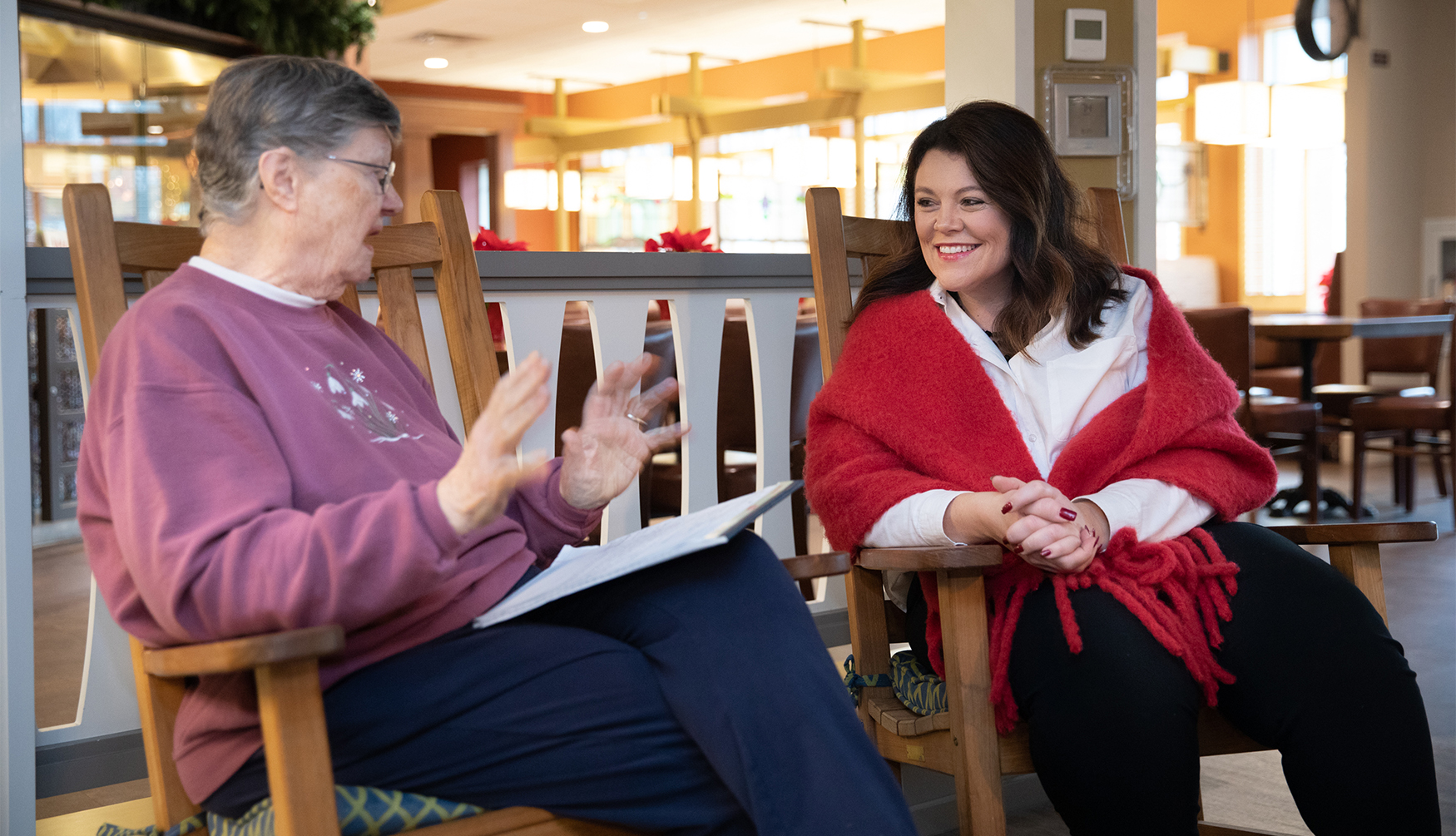AARP Hearing Center

| |
Mairead Painter, Connecticut’s long-term care ombudsman, often sees older adults who feel socially isolated, even if they aren’t living alone.
Recently, she spoke with a woman in her 70s, new to a nursing home, who was disconnected and lonely, despite the rich lineup of activities available to her.
“She didn’t want to do those things; she wanted to do her things,” Painter recalled. “She wanted to attend her community book club at the library, but she couldn’t get transportation.”
Social isolation takes different forms, she said. It doesn’t always fit the stereotype of the recluse who never steps foot outside.
Painter and AARP Connecticut are working with researchers at Quinnipiac University to learn more about why people experience isolation and loneliness and how to alleviate these conditions.
The initiative fits with AARP Connecticut’s work promoting livable communities, said Erica Michalowski, its community outreach and education director.
“You can have curb cuts, you can have widened doorways, all the bells and whistles of a wonderful community center,” but there’s no benefit for people who aren’t using them, she said.
The World Health Organization estimates that about 1 in 5 older Americans are socially isolated, which can lead to poorer health and even early death.
Older adults struggling with cognitive decline or hearing and eyesight loss may isolate themselves to hide those changes from friends and family, Painter said.
Losing groups of friends
Others find themselves shut out of a circle of longtime friends after losing a spouse, added Michelle Pandolfi, a vice president at Whitney Center, a senior-living community in Hamden.
“We find that people actually stop inviting the surviving spouse to dinner anymore,” she said.
Using research-based intervention, the Quinnipiac project aims to improve the quality of care for older adults suffering from social isolation.
One goal is to develop a working definition of the condition and a handbook that outlines ways to address it, said Nick Nicholson, associate professor of nursing at Quinnipiac and the project’s lead researcher.
Questionnaires can help those who are wondering if they are socially isolated. A sample question: How many of your family, friends or neighbors do you feel close to on a personal level?
For more questions and what the answers mean, go to bit.ly/AmISociallyIsolated.
Nicholson said care providers and social workers are often ill-equipped to help those who are suffering from isolation. Programs don’t work for everyone.
“The provider will say, ‘Why don’t you call some old friends or reconnect with your neighbors?’” said Nicholson. “That’s akin to somebody saying, ‘Oh, you’re a smoker. Well, why don’t you just stop smoking and start chewing gum?’ ”
AARP has been participating in focus groups to fine-tune the program and has found older adults willing to serve as test subjects.
In the next phase, small groups will learn about social isolation, relationships and social networking and participate in activities to connect with others.
To take part in the research or learn more, email Nicholson at nicholas.nicholson@quinnipiac.edu or call 203-582-6542.
Natalie Missakian is a writer living in Cheshire, Conn.
More on Social Isolation































































